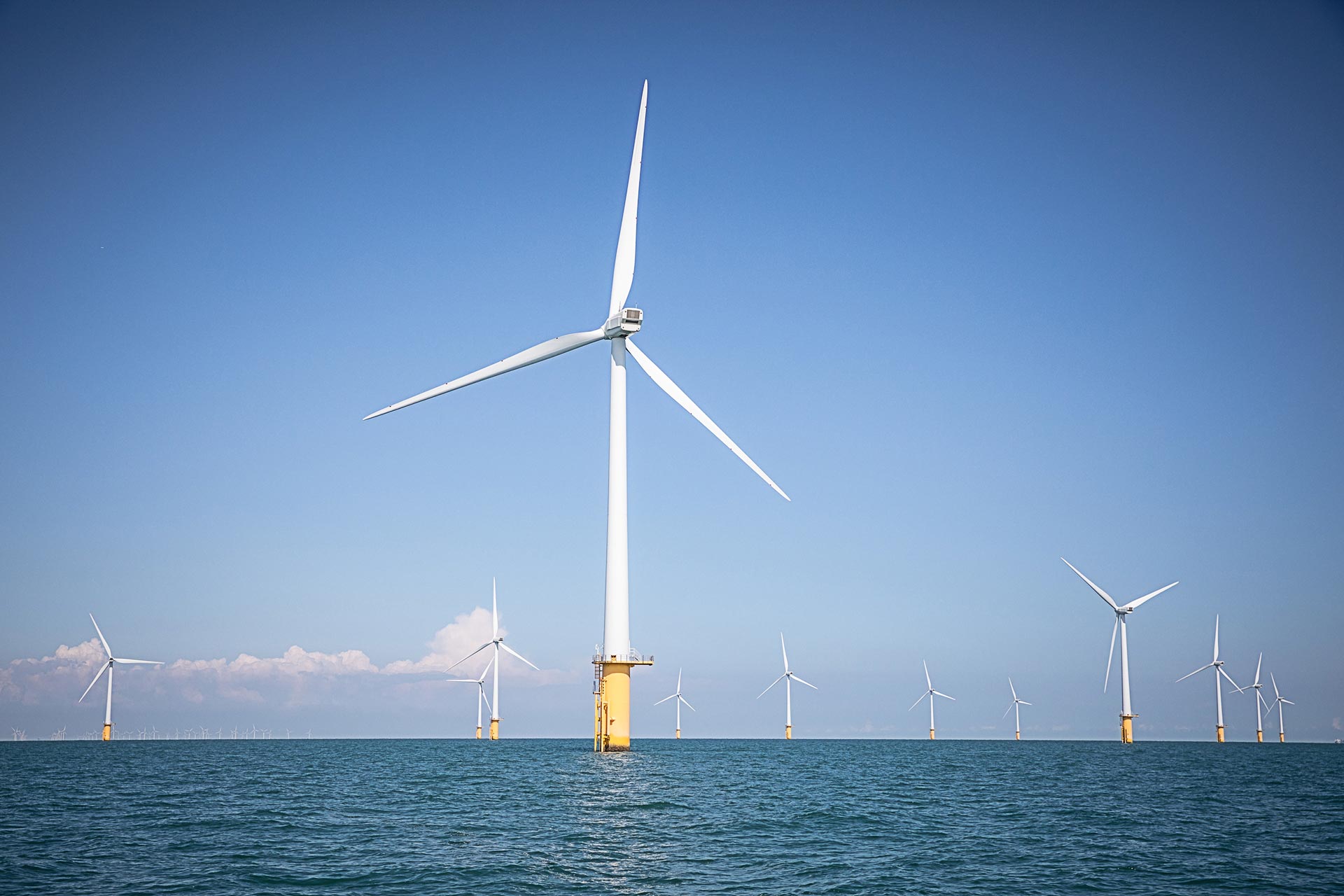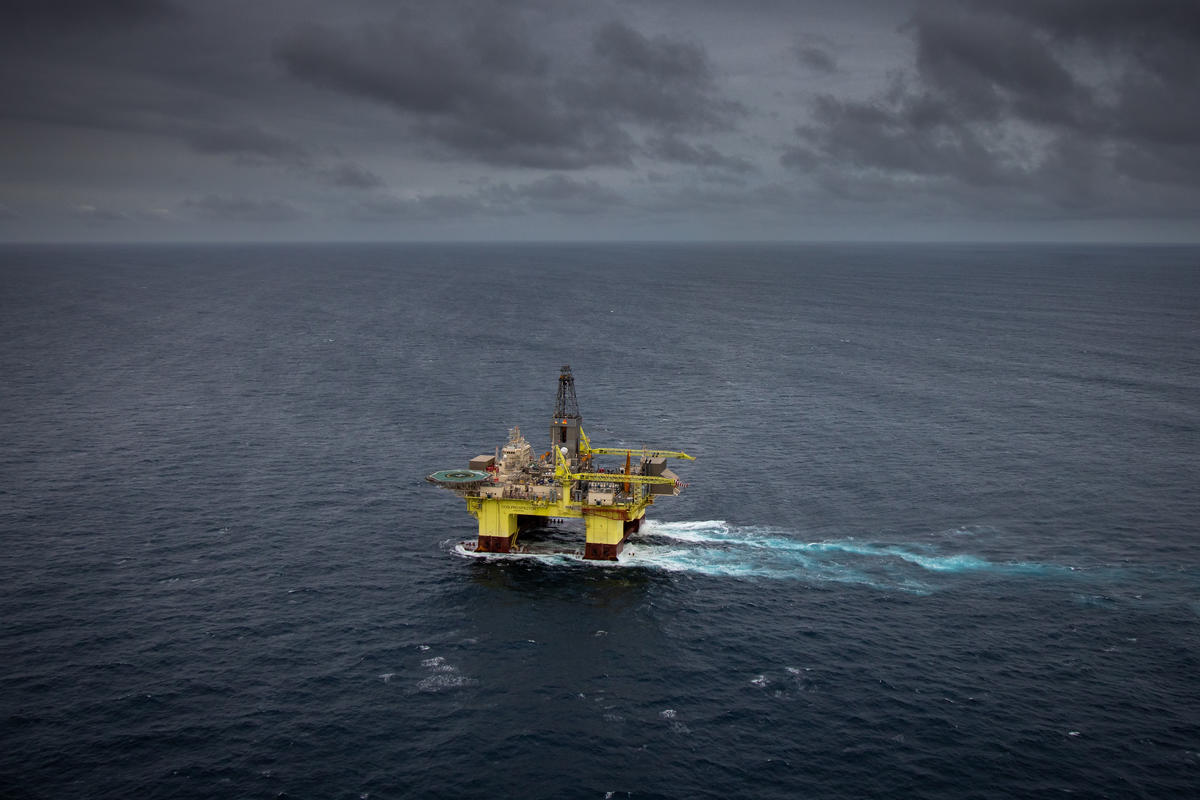We know that globally, the use of fossil fuels for energy has to come to a rapid end if we are to avoid the worst impacts of the climate crisis. Yet the Luxon Government is recklessly planning to restart oil and gas exploration and is reportedly looking into new fossil gas imports and a new fossil fuel electricity plant.
We need more renewable electricity, and we especially need more solar power! New Zealand energy experts have been calling for more solar energy as an alternative to fossil fuel generation. Even the conservative Ministry of Business Innovation and Employment has published electricity scenarios with huge amounts of solar and declining fossil fuels.
PETITION: Choose the Clean Energy Future
But there are a lot of myths and questions about solar: Is NZ sunny enough? Is there enough roof space? Can the grid handle it? Is it too expensive?
Fortunately, the New Zealand grid operator, Transpower, published a big report to answer exactly these questions a few years ago. Transpower’s 2019 report ‘The Sun Rises on a Solar Energy Future’, does some serious myth-busting (all the text in quote marks below is from the Transpower report).
New Zealand IS sunny enough for solar
New Zealand has more than enough sunlight to make solar generation a significant part of our energy supply.
“According to NIWA, New Zealand has an abundance of sunshine – putting many parts of New Zealand ahead of parts of the world where solar is common. Solar potential is measured through irradiance – the solar potential of a square metre of surface area. Auckland, Wellington, Christchurch and even Invercargill are sunnier than the UK, Germany and even many parts of the north of Spain. The quality and availability of the Kiwi sun is no barrier to a thriving solar energy system.”
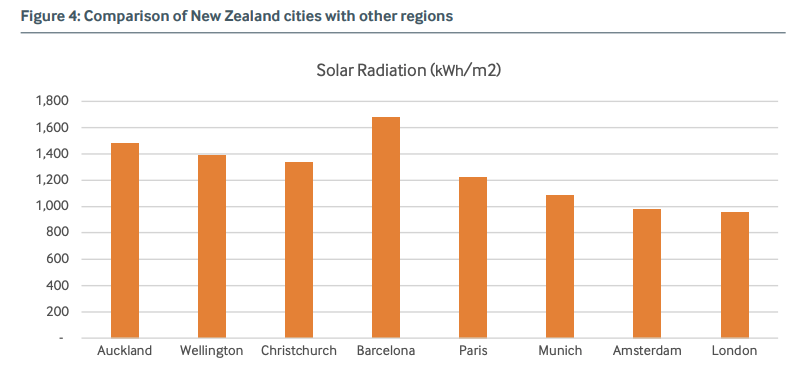
Our big cities are competitive in terms of their solar resource, and a number of other regions, such as Blenheim, Tauranga and Gisborne deliver even higher solar potential.
We DO have enough roof space for solar
Transpower’s Te Mauri Hiko base case scenario shows that New Zealand could have 16GW of distributed solar installed by 2050.
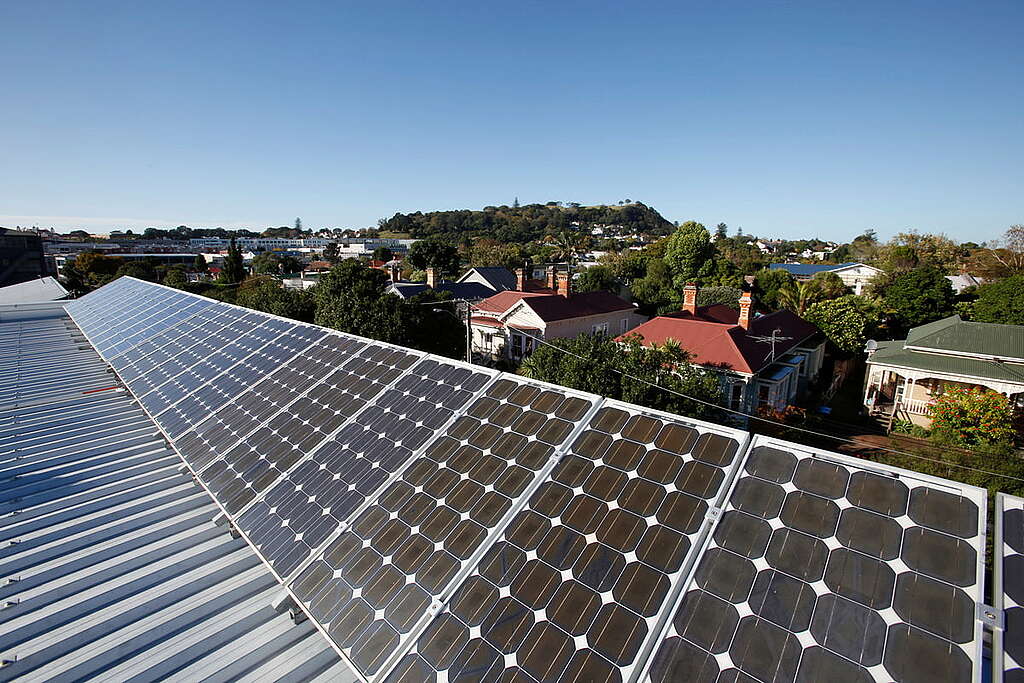
“Today, New Zealand has 1.8 million residential households and over 300,000 business electricity connections. If they all installed embedded solar right now, we could generate approximately 11 GW. Over time, the number of homes and businesses will grow with New Zealand’s continuing population growth (we anticipate 2.4 million households in 2050 – a one-third increase on current levels).
“With the increase in homes and business premises, the solar capacity of photovoltaic cells will also significantly increase with improving technology. The combination of these effects could see the solar potential of the ubiquitous rooftop reach 27GW by 2050.”
NZ’s grid WILL be able to handle all the distributed solar
Transpower’s analysis found that new technology means New Zealand’s grid can handle a lot more solar generation.
“By exploiting the natural partnership between solar and battery technology (and the utilisation of inverter capabilities), anticipated voltage constraints in electricity networks could be managed to enable networks to host 9-10GW of solar.
“Inverters will be critical to enable a smart, reliable and affordable grid, but this requires the right design and standards. Every solar installation comes with an inverter – if this is well-designed and correctly set-up it can support renewable generation on the grid and reliability for households through providing ancillary services and support. New Zealand needs to stay up to date with this fast-changing technology, for example by adopting the latest global standards.”
More solar energy in the power system IS manageable
There have been concerns that solar generation could make the power system unmanageable due to grid voltage management issues.
However, the Transpower analysis shows that operationally significant solar can be well integrated with batteries. Primary analysis at 4GW of solar penetration in their battery storage paper showed no significant issues.
“A significant amount of energy storage and flexible generation in the form of New Zealand’s hydro system provides enough capacity to manage New Zealand’s evening peak demand ramp up, even with solar penetration of up to 10GW. It is important to reinforce that, under the Te Mauri Hiko scenarios, electrification of the economy leads to significant overall increases in system load from multiple energy sources, which further reduces solar-related challenges.
“The key to successfully managing significant solar penetration across the whole of the electricity system is to have volume and coordination/reserves on batteries. Even a relatively small volume of batteries can provide an important role in providing system stability.”
Solar DOES make economic sense
“Sharply falling costs and rapidly improving technology now provide utility solar with a lower average cost compared to almost every other form of energy (except wind generation).
“While utility wind is the cheapest form of renewable energy today, by 2050, solar will enjoy a slight average cost advantage even over wind.
“Investment bank Lazard estimates new utility solar capacity can be built at a levelised cost of energy of US$36-46/MWh today. As a comparison, the cost of new gas or geothermal electricity plants is estimated to be US$41-111/MWh.
“The full economics obviously depend on the site, carbon pricing assumptions and more, but utility solar is clearly an economically viable option in the mix for New Zealand’s energy future. This is reinforced with New Zealand’s first utility solar generation plants now starting to emerge. Mercury has a pilot site at Southdown in Auckland, and NextGen is applying for resource consents for a site to host up to 20MW in Tasman.
“The economics of rooftop solar are more nuanced. The cost of energy from rooftop solar without a battery is now approaching the cost of grid-supplied electricity (a battery adds significant expense which isn’t competitive yet).
“Without partnering rooftop solar with batteries, the electricity cannot be stored and must be used when it is generated so is best suited to businesses such as supermarkets, and hotels that use significant volumes of electricity during the day.”
But as we’ve seen in the few years since Transpower did this work, the decrease in the cost of solar and increase in the price of electricity has changed the economics of even rooftop solar.
Home solar panels COMPLEMENT grid connection
Most households can get great benefits from having solar panels, and even more so when they are coupled with batteries and electric vehicles.

“A key aspect of the electricity grid is it enables a network of diverse energy resources to meet needs at any point in time. Achieving this level of resilience with domestic rooftop solar would currently be almost impossible. To cover a cold and rainy winter week without a grid connection would require a significantly overbuilt rooftop solar system. Using actual solar output and demand data we estimate even with a 25 per cent drop in household demand load to minimise shortages, the average household would need a 51kW rooftop system that would likely cost over $100,000 to buy and install.
“Additionally, this scenario also relies on having a fully charged electric vehicle available at home as a battery to power household applications. Currently a dedicated home battery the size of that in a Nissan Leaf EV would add approximately $28,000 to the solar bill. These scenarios highlight how complementary the national grid is with distributed solar electricity – replacing the grid is extremely expensive for households and businesses, but complementing it with domestic solar production is increasingly competitive and compelling.”
Solar panels ARE light enough for commercial roofs
One of the key aspects of the clean energy future is diversity. Large-scale solar and wind generation will be key, but distributed solar on some homes, schools, marae, and businesses will be essential, and it’s a win-win for those who can participate.
Most buildings that get sun, are suitable for some solar generation.
“A typical rooftop solar panel weighs around 10-20 kilograms per square meter. This is light enough for most roofs to safely support. In fact, solar panels can protect a roof by shielding it from damage from light, bad weather and even helping regulate temperatures in the rooms below. The bigger challenge is to make sure the roof angle is suitable for solar. Given the propensity for flat roofs – commercial solar might even involve installing solar on walls as well as a roof to provide an averaged output across summer and winter.”
The solutions are there, we just need more political will.
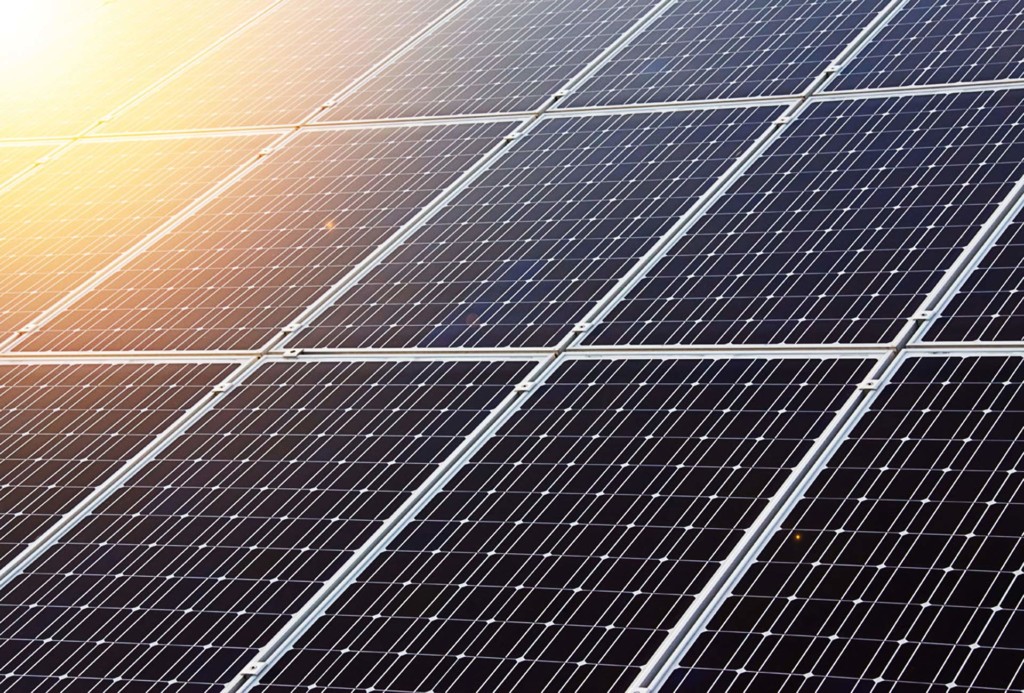
Call on Energy Minister Simeon Brown to put solar panels and batteries on 500k homes by 2030 and end oil and gas subsidies.
Add my name
